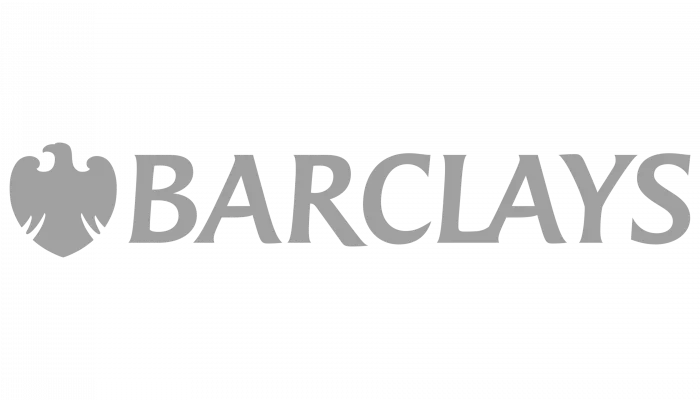Back in the day, “Shared Equity” was considered a little down market, perhaps where one might go as a step up from renting – a helping hand onto the housing ladder.
Nowadays, Shared Equity has undergone a face lift and is now offered by an Investment Bank as well as through your local Housing Association.
Basically, the client sticks in a 10% deposit and the investment bank adds a further 20%, leaving only 70% to be mortgaged.
This not only enable those struggling to get on the ladder to take their first steps into the housing market but also enables families to make an extra jump when moving up market.
We have also found that in areas where house prices are on the increase, some applicants are using this as an investment opportunity.
Using simple numbers, here’s how it works:
Purchase Price £100,000, Client Deposit £10,000, Equity Share £20,000 and a Mortgage of £70,000 (fixed for 3 years at 2.99%!)
The client makes his mortgage payments for 25 years (and pays nothing on the Equity Share – in return they hand over 40% of any profit at the end of the term).
At the end of 25 years, assuming the house is now worth £200,000 and all mortgage payments have been met, the house is divvied up as follows:
| Investment Bank | Borrower | |
| Deposit | £0 | £10,000 |
| Equity Share | £20,000 | £0 |
| Mortgage | £0 | £70,000 (paid down) |
| Share of £100,000 price increase | £40,000 | £60,000 |
| Total Share | £60,000 | £140,000 |
Interestingly, this new twist on the traditional Shared Equity theme has proved rather popular at the upper end of the market. Many owners who are “equity rich / cash poor” have taken out their 20% equity to spend on all manner of things from school fees to Buy to Let deposits.
My verdict: for the right client – it’s worth a look!
For more information speak to a mortgage advisor on 01628 507477.
Recent posts
Best UK Mortgage Rates this Week
Yesterday

Here are the lowest fixed mortgage rates of the week, available to first-time buyers, home movers, buy-to-let, and those remortgaging.
Call us for more information: 01628 507477 or email: team@mortgagerequired.com.

Just because the Bank of England decides to reduce the base rate, this doesn't automatically mean that your mortgage rate will go down.
Autumn Budget 2025: A Summary
23 days ago

Chancellor, Rachel Reeves, has delivered the Autumn 2025 budget. We have summarised the government's plans for tax and spending.
Renters' Rights Act
14 Nov 2025

The Renter’s Rights Bill became law at the end of October, which means it has been signed off by the King, and it is now the Renters’ Rights Act. Despite this becoming law, these changes are likely to start changing within the next six months, with the aim of being fully implemented throughout 2026 and into 2027.

A welcome change in school is coming as financial literacy is due to become compulsory in schools in England.
The Government has announced that as part of the new national curriculum, children in primary and secondary education will be required to learn about budgeting, compound interest, managing money, and mortgages.
The top 10 most beautiful villages in the world
24 Oct 2025

Forbes has published a global ranking of stunning locations and one popular picturesque corner of the UK has nabbed top spot.

Over three years after the Mini-Budget took place, we look at what the mortgage market looks like now, showing the difference in mortgage repayments.

The government has announced plans to make buying or selling a home cheaper and quicker with what is being called the “biggest shake-up to the homebuying system in this country’s history.”


















